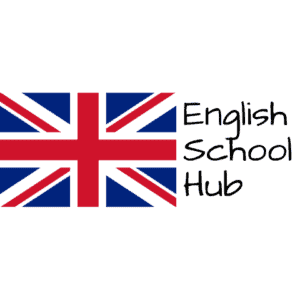Translucent materials have been an essential part of our everyday life. They allow light to pass through them, but unlike transparent materials, they scatter and diffuse the light, making them appear foggy or hazy. In this article, we will explore what translucent means, how it is used in the English language, the difference between translucent and transparent, and how to use it in writing.
Introduction
Definition of Translucent
Translucent is an adjective used to describe materials that allow light to pass through them, but diffusely. It means that the light can penetrate the surface of the material, but it gets scattered and refracted, resulting in a hazy or foggy appearance.
Importance of Understanding Translucent
Translucent is a crucial concept in art, design, and writing. By understanding its definition and usage, one can use it effectively to create beautiful and engaging art and designs or write compelling stories and articles.
What Does Translucent Mean?
Definition of Translucent
As mentioned earlier, translucent is an adjective that describes materials that allow light to pass through them but diffusely. It means that the light can penetrate the surface of the material, but it gets scattered and refracted, resulting in a hazy or foggy appearance.
Examples of Translucent
Materials Some common examples of translucent materials include frosted glass, wax paper, tracing paper, and certain types of plastics.
How is Translucent Used in the English Language?
Common Phrases with Translucent
Translucent is a versatile word that is often used to describe a variety of things. Some common phrases that use translucent include “translucent skin,” “translucent wings,” “translucent leaves,” and “translucent clouds.”
Translucent as a Description
Translucent is often used as a description in writing to create a more vivid and engaging scene. For example, “The sun shone through the translucent leaves, casting a dappled light on the forest floor.”
Translucent as a Metaphor
Translucent is also used as a metaphor to describe abstract concepts. For example, “Her translucent smile revealed her true emotions,” or “His translucent excuses failed to convince anyone.”
The Difference Between Translucent and Transparent
Definition of Transparent
Translucent and transparent are two similar but distinct terms used to describe the passage of light through materials. While transparent materials allow light to pass through without any distortion, translucent materials allow some light to pass through but scatter it, making objects behind them appear blurry or hazy.
Definition of Transparent
Transparent is another adjective used to describe materials that allow light to pass through them without any distortion. It means that objects behind the material can be seen clearly, and there is no scattering or diffusing of light. Some common examples of transparent materials include clear glass, air, and water.
Examples of Transparent Materials
Transparent materials are ubiquitous in our everyday lives. Clear glass windows, eyeglasses, and contact lenses are examples of transparent materials. The air around us is also transparent, allowing us to see objects far away.
Comparison Between Translucent and Transparent
The main difference between translucent and transparent materials is how they allow light to pass through them. While translucent materials scatter and diffuse light, transparent materials do not. Translucent materials also allow less light to pass through them than transparent materials, making them appear more opaque.
Conclusion:
Translucent materials have a unique property that allows light to pass through them but scatter it, making objects behind them appear blurry or hazy.
They are commonly used in various fields such as art, design, and writing to create more engaging and compelling works. Translucent materials are often used to create a relaxing atmosphere, such as in window films, lampshades, or privacy screens.
They are also used in creative ways to enhance the visual appeal of products, such as in frosted glass containers or translucent plastic packaging.
Translucent is often used as a metaphor in the English language to describe abstract concepts, such as “translucent emotions” or “translucent excuses.”
It is also used as a description in writing to create a more vivid and engaging scene. By understanding the meaning and usage of translucent, one can use it effectively to create beautiful and engaging art and designs or write compelling stories and articles.
FAQs:
- What is the opposite of translucent? The opposite of translucent is opaque. Opaque materials do not allow light to pass through them at all, making objects behind them invisible.
- What are some common examples of translucent materials? Common examples of translucent materials include frosted glass, wax paper, tracing paper, and certain types of plastics.
- How can I use translucent in my writing? You can use translucent to describe objects, materials, or even abstract concepts. For example, “The light shone through the translucent leaves, casting a beautiful dappled light on the forest floor.”
- What is the difference between translucent and transparent? Transparent materials allow light to pass through them without any distortion, while translucent materials allow some light to pass through but scatter it, making objects behind them appear blurry or hazy.
- How can I use translucent materials in my design? Translucent materials can be used in various ways to enhance the visual appeal of products, such as in frosted glass containers or translucent plastic packaging. They can also be used to create a relaxing atmosphere, such as in window films, lampshades, or privacy screens.
